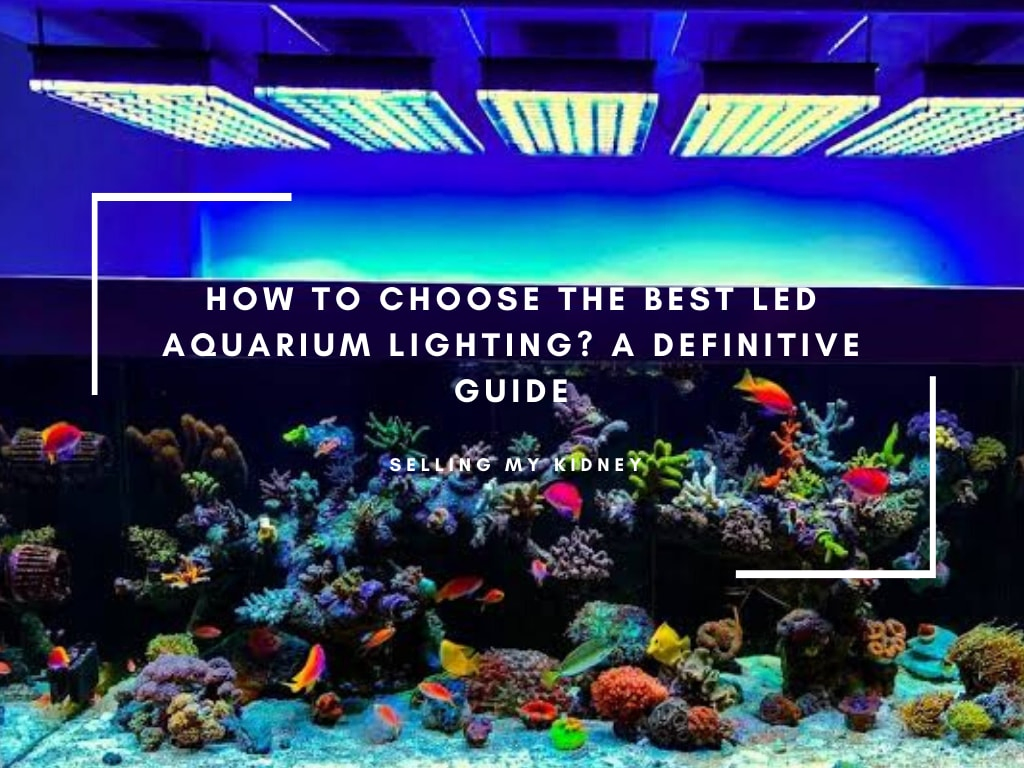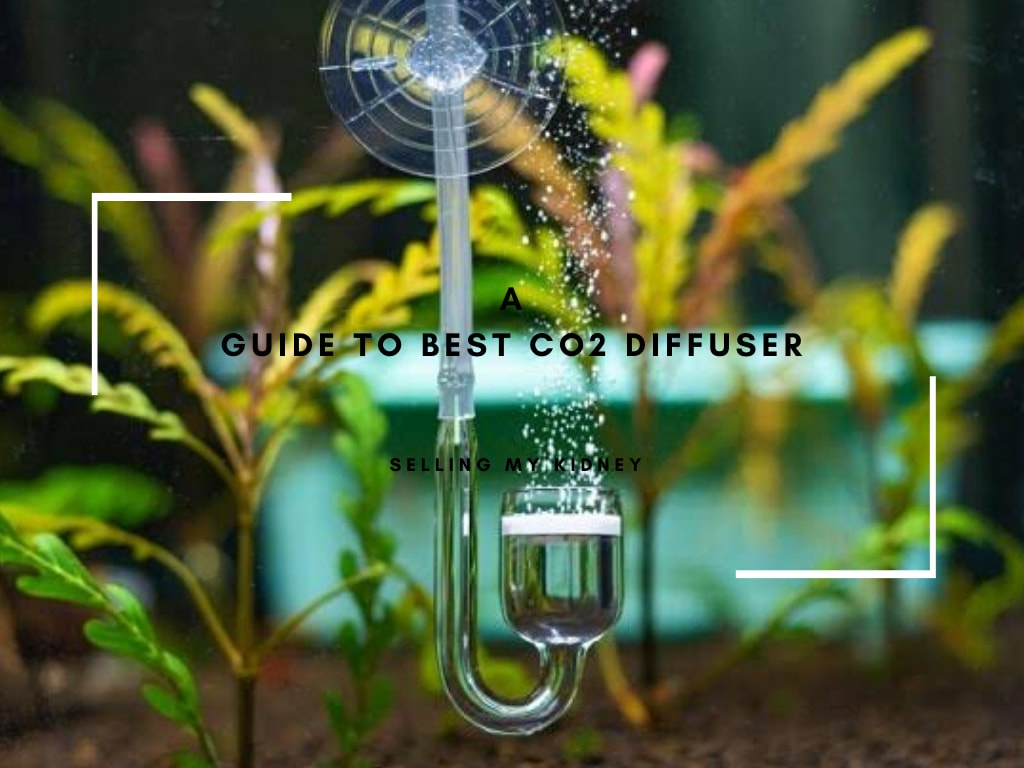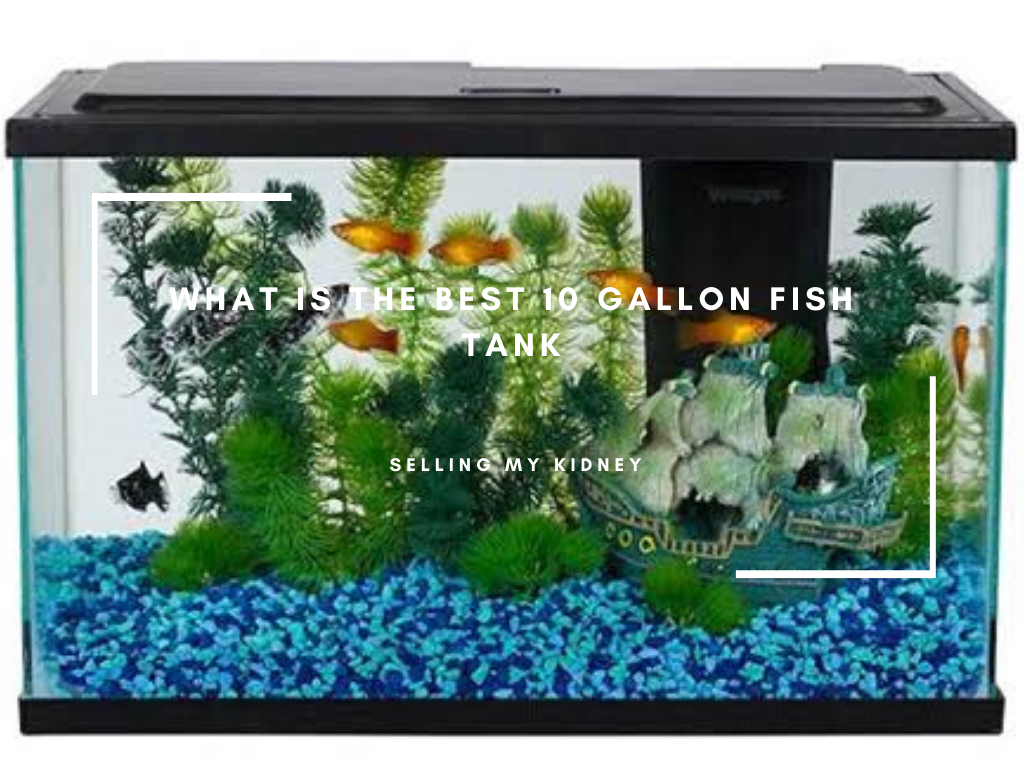The answer is yes!
Soil provides essential nutrients for the growth of aquatic plants and provides them with stability in their environment.
It also helps keep the water clean by absorbing pollutants from it.
Plus, having live plants can help create an aesthetically pleasing atmosphere that will make any fish tank look amazing!
Adding some substrate or soil into your aquarium is worth considering if you want healthy and vibrant-looking plant life.
It provides necessary nutrition and adds visual appeal too!
Is Soil Beneficial For Aquarium Plants?
Yes, the soil is beneficial for aquarium plants!
Soil helps to provide essential nutrients and minerals that are necessary for healthy plant growth.
It also acts as a buffer against pH changes in the water column, helping keep your tank’s environment stable.
Additionally, it provides an anchor point so roots can grow deep into the substrate and access more oxygenated water from below.
Here are some of its benefits:
- Provides important macro-nutrients like nitrogen (N), phosphorus § & potassium (K).
- Acts as a natural filter by trapping debris particles before they reach other parts of the tank or clog filters/pumps.
- Helps maintain optimal levels of carbon dioxide, which aids the photosynthesis process in aquatic plants. This increases their growth rate significantly over time!
- Creates habitats where small organisms such as shrimp or snails can live safely away from predators. It also provides food sources through decaying organic matter found within soil layers. Thus creating healthier ecosystems overall with greater biodiversity than tanks without any substrates!
Finally, soil adds aesthetic value to aquascapes by adding texture variation between different types of rocks used throughout setup designs.
Making them look much more attractive when viewed up close too!
Are There Any Disadvantages Of Soil-Based Substrates?
Yes, there are some disadvantages of the soil-based substrate.
- Maintaining the correct pH balance in a soil-based tank can be difficult as the organic matter breaks down and releases acids into the water, which lowers its pH level over time.
- If not properly maintained or monitored regularly, anaerobic bacteria may lead to poor water quality and potentially harmful conditions for fish and other aquatic life forms in your aquarium environment.
- Due to their high nutrient content, soils tend to promote excessive plant growth resulting in overcrowding that could lead to algae blooms. This is especially true when combined with too much light exposure from artificial lighting sources such as LED lights.
- Because of their heavy weight, they require more frequent cleaning than sand substrates. That makes them less ideal for larger aquaria where regular maintenance would become tedious.
.
How To Plant Aquarium Plants In Soil?
Planting aquarium plants in soil is a great way to add beauty and life to your tank.
Here are the steps you need to take:
- Choose an appropriate substrate for planting, such as gravel or sand;
- Rinse off any dirt from the roots of your plant before placing it into its new home;
- Dig small holes with either tweezers or chopsticks that will fit each individual root system snugly;
- Place each plant carefully into its respective hole and cover them up completely with more substrate material if needed (this helps keep them secure);
- Add water slowly until all of the soil has been saturated. This should be done gradually so that not too much pressure builds up on top of delicate stems/roots!
- Make sure enough light is available for photosynthesis by adding artificial lighting fixtures near where they’re planted. This will help ensure healthy growth over time.
With these simple tips, you can easily create a beautiful underwater garden full of vibrant colors and lush foliage!
Best Soil Substrate For Aquarium Plants
Aquarium plants need a good soil substrate to grow and thrive.
The best substrates provide the right balance of nutrients, oxygenation, pH levels, and water retention for your aquarium’s inhabitants.
Some popular choices include gravel or sand mixed with clay-based soils like laterite or kitty litter.
This help keep the roots healthy while providing essential minerals such as iron, calcium carbonate, and magnesium sulfate.
Other options include:
- Peat moss which helps maintain acidity in acidic environments;
- Vermiculite which is lightweight but retains moisture well; coconut fiber (coir) which provides aeration without compacting too much over time;
- Sphagnum mosses for their ability to absorb excess nitrates from fish waste products quickly before they can cause harm to aquatic life forms living in the tank environment.
Finally, specialty mixes are available on the market specifically designed for aquascaping purposes.
These often contain additional ingredients such as fertilizers, trace elements, and other additives tailored toward specific plant species’ needs.
So you must research the most suitable type depending on your setup!
How Much Aquarium Soil Do You Need?
Aquarium soil is an important part of any aquarium setup.
It provides a natural environment for fish and plants and helps clean the water.
But how much do you need?
Generally, it’s best to use 1-2 inches (2.5 – 5 cm) of the substrate in your tank.
This will provide enough space for beneficial bacteria colonies that help break down waste products from fish and other organisms in the tank.
If desired, consider adding gravel or sand to the soil layer.
This can add visual appeal while providing adequate filtration benefits!
Here are some tips when deciding how much aquarium soil you need:
- Consider what type(s) of aquatic life will be inhabiting your tank. Different species may require more/less substrate than others.
- Think about whether or not live plants will be present; they typically prefer deeper layers, so plan accordingly.
- Make sure there’s sufficient room between decorations like rocks & driftwood so roots have plenty of space to grow into
Finally, remember that too little substrate won’t allow proper biological processes within your system.
Too much could lead to oxygen deprivation due to a lack of circulation around all areas!
Can Aquarium Plants Grow Without Soil?
Yes, aquarium plants can grow without soil!
Aquariums are a great way to bring nature into your home.
Plants provide oxygen and help keep the water clean for fish.
But did you know that some aquatic plants don’t need any soil?
Here’s how it works:
Aquatic plants have adapted over time, so they no longer require dirt or sand as their growing medium; instead, these special types of plants use nutrients from the surrounding water to survive and thrive.
Examples include Anubias barteri (a popular choice among aquarists), Java Ferns, Hornwort, and Water Wisteria – just to name a few!
These hardy species will attach themselves directly onto rocks or driftwood with their roots exposed above the surface of the tank’s substrate material.
This is known as ‘biotope-style planting,’ which creates an incredibly natural look within your aquarium setup.
These rootless varieties save space and reduce maintenance requirements since less debris accumulates on top of them than rooted ones planted in gravel beds.
That makes them ideal if you want low upkeep yet still enjoy having live greenery inside your tank environment!
Plus, many hobbyists find that because nutrient uptake occurs through leaves rather than via traditional methods.
For example, fertilizers/soil additives and algae growth tends not to be many issues either… a win-win situation, right?
5 Aquarium Plants That Do Not Need Soil
Aquarium plants are a great way to add beauty and life to your tank.
But not all aquarium plants need soil!
Here is a list of five popular aquatic plant species that do not require soil: Java Moss, Anubias Barteri, Hornwort, Water Wisteria, and Cryptocoryne wendtii.
Java Moss is an easy-to-care-for moss with small leaves.
It can be attached directly to rocks or driftwood in the aquarium using a fishing line or thread.
Anubias Barteri has large green heart-shaped leaves, making it ideal as midground cover in tanks.
This hardy plant does best when tied down on wood rather than planted into substrate material like gravel or sand.
Hornwort grows quickly without needing much light, making it perfect for beginners who want fast results.
Its long thin stems provide shelter for fish fry while also helping keep the water clean by absorbing nitrates from the environment.
Water Wisteria looks similar to terrestrial wisteria, but instead of growing up towards sunlight, they grow downwards due to their aquatic habitat.
These delicate-looking fronds look beautiful floating around other taller stemmed aquatics such as Amazon Swords Plants!
Lastly, there’s Cryptocoryne Wendtii – one of the most common crypt varieties available today, thanks to its low maintenance requirements and attractive foliage patterning.
Simply tie them down onto rockwork/driftwood within your setup & watch them thrive over time!
Conclusion: Do Aquarium Plants Need Soil?
In conclusion, aquarium plants do not need soil to survive.
They can be planted in gravel or sand and still thrive with the right lighting and nutrients.
Aquariums are a great way to add beauty and life to your home without worrying about dirt or messes from traditional gardening methods.
Plants provide oxygen for fish and help keep the water clean by absorbing nitrates that would otherwise build up over time, leading to poor water quality conditions.
Which could harm the aquatic inhabitants of an aquarium tank.
If you want live plants in your aquarium, it’s best practice not to use soil.
Since this will lead to more maintenance issues down the road, such as algae growth due to excessive nutrient levels found within soils used for planting purposes.
Instead, opt-in use gravel or sand substrates when setting up an aquascape!




